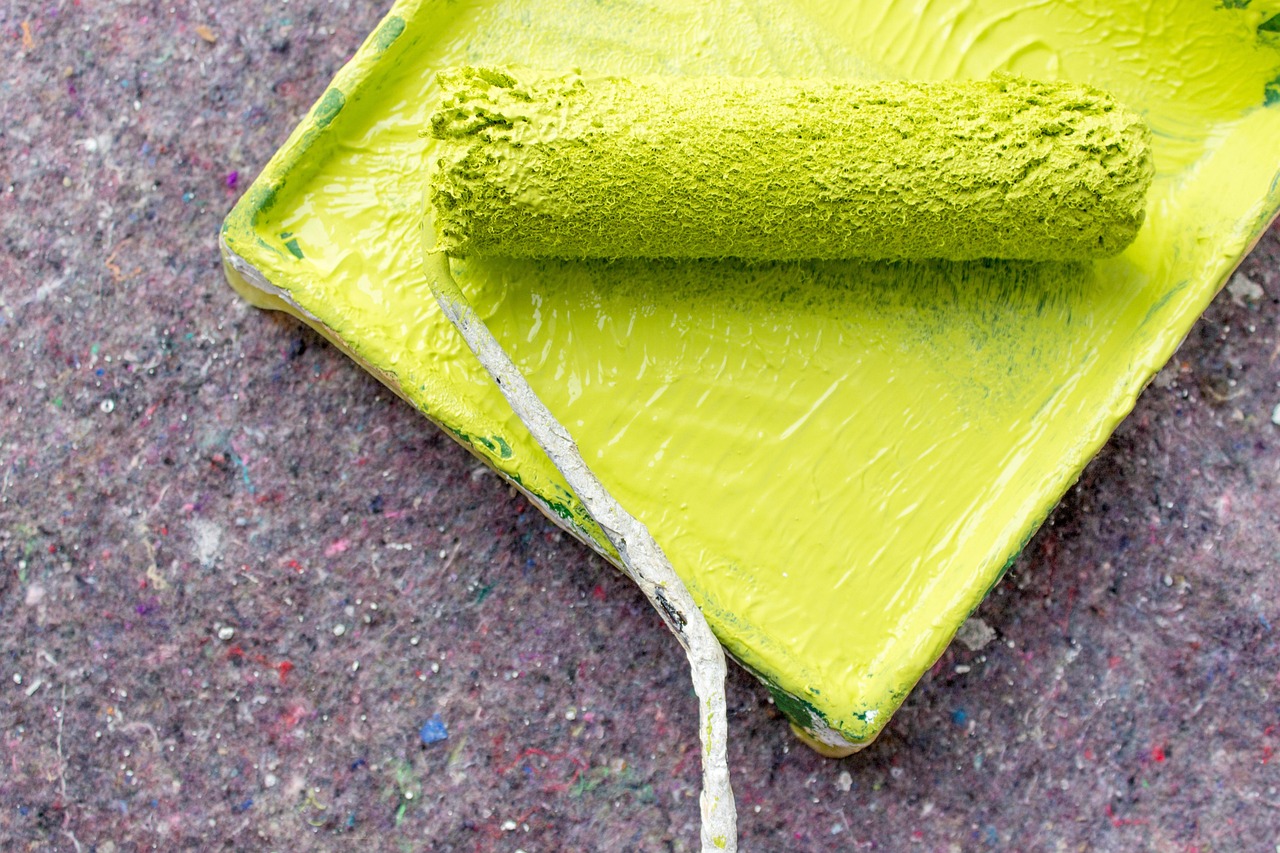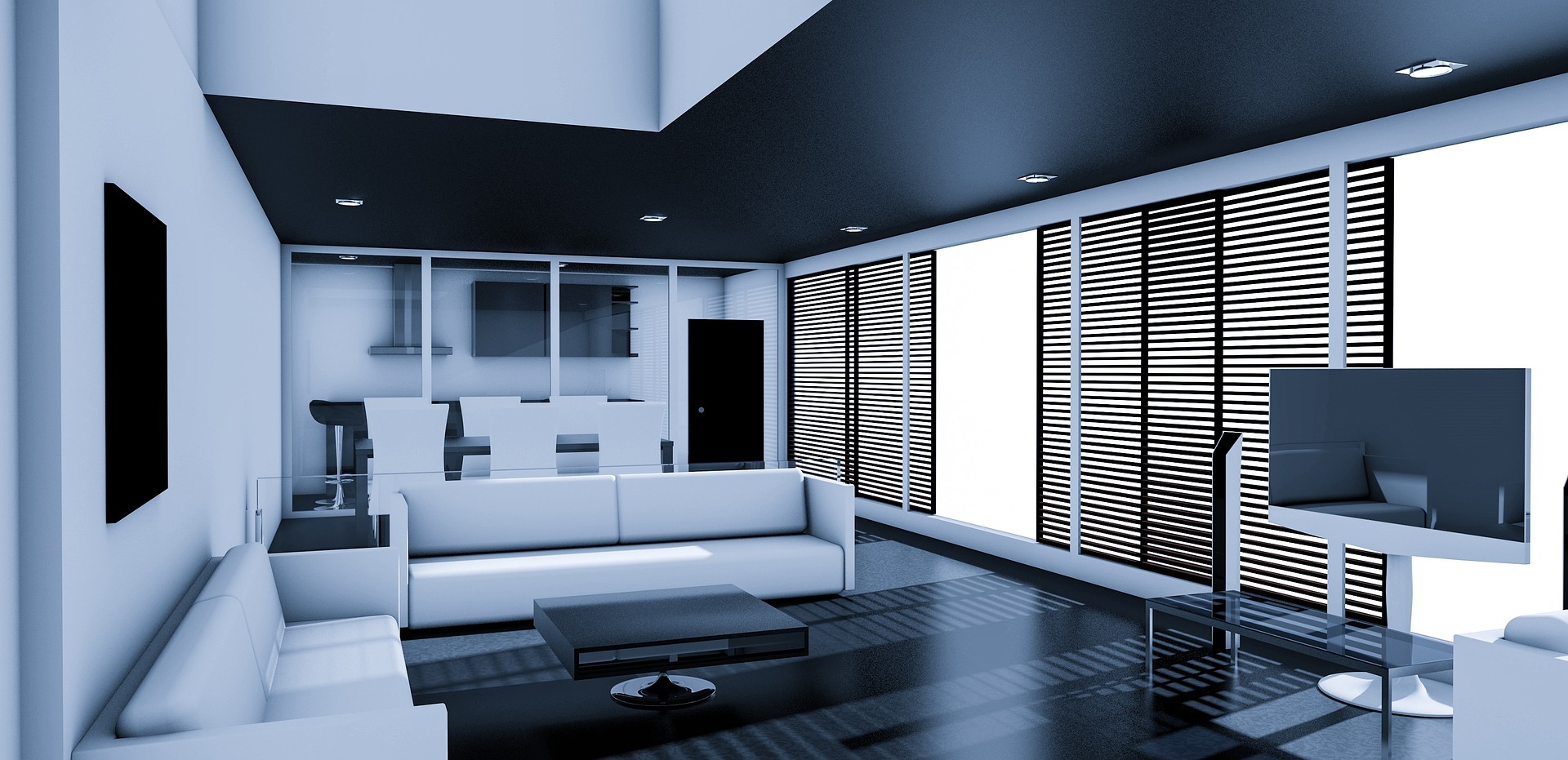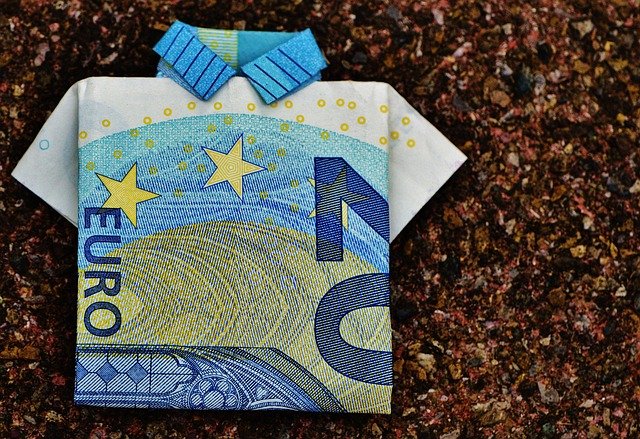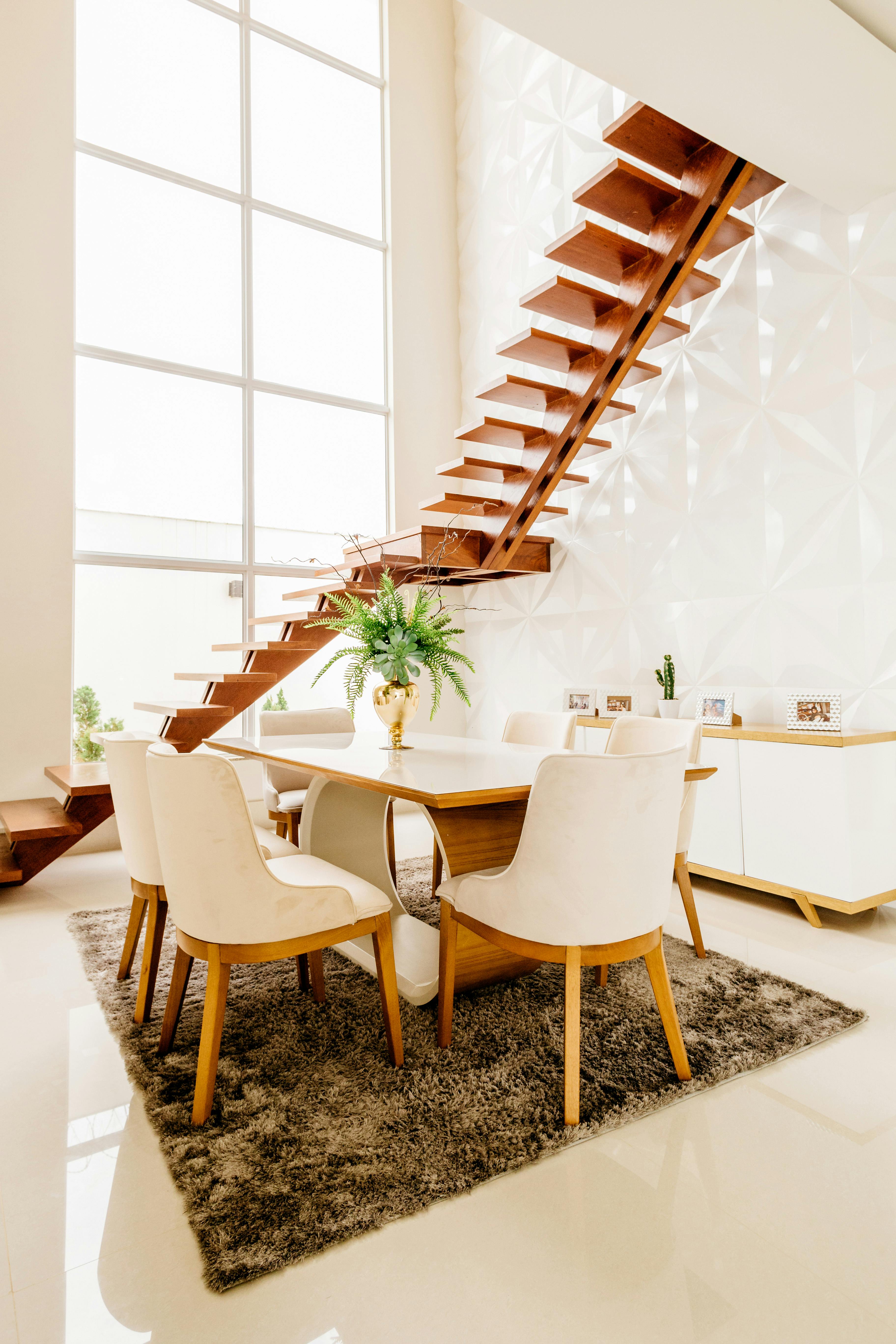The Surprising Health Impacts of Color Therapy
Imagine living in a world devoid of color - quite a dreary thought, isn't it? Color is an integral part of our lives, influencing our emotions and moods in subtle yet significant ways. In fact, the psychological and physiological effects of color are so profound that they have given rise to a holistic health approach known as color therapy or chromotherapy. This intriguing wellness strategy, while not new, hasn't been as widely explored as other health trends. Let's delve into the vivid world of color therapy and see how it can potentially enhance our well-being.

The Vibrant History of Color Therapy
Color therapy is not a modern concept. It has roots in ancient cultures, including Egypt, Greece, China, and India. These civilizations recognized the therapeutic properties of color and used them to promote healing and wellness. In recent years, this ancient practice has been revisited and studied more rigorously, leading to its incorporation in modern wellness practices.
The Science Behind Chromotherapy
The basis of color therapy lies in the concept of color as energy. Each color has a specific wavelength and energy level, which can impact our physical and emotional states. For instance, blue is known to induce calmness and promote relaxation, while red is associated with energy and excitement. A growing body of research is exploring these effects and how they can be harnessed for health benefits.
The Potential Benefits and Challenges of Chromotherapy
Color therapy offers a non-invasive and holistic approach to wellness. It can be used to manage stress, improve mood, enhance cognitive function, and even alleviate some physical ailments. However, the efficacy of color therapy is still a topic of debate in the scientific community. While some studies show promising results, others highlight the need for further research to validate these findings.
An Evidence-Based Lens on Color Therapy
Although color therapy does not have the same extensive scientific backing as traditional medical practices, some research suggests potential health benefits. For example, a study published in the Journal of Evidence-Based Complementary & Alternative Medicine found that exposure to blue light helped reduce anxiety and improve mood in a group of adult participants. However, it’s important to remember that color therapy should not replace conventional medical treatment but can be used as a complementary approach.
Unpacking Color Therapy: Interesting Insights
- Color therapy can be incorporated into everyday life through various methods, such as colored light bulbs, painted walls, clothing, food, and even visualization techniques.
- Each color is believed to correspond to a specific part of the body or organ system, based on color therapy principles.
- The effects of color therapy can vary from person to person, highlighting the importance of personalization in this practice.
In conclusion, color therapy presents a fascinating intersection of ancient wisdom and modern wellness. While it might not have the strongest scientific backing, it offers a holistic and non-invasive approach to improving well-being. However, remember that it should be used as a complementary strategy rather than a standalone treatment. As we continue to explore the vibrant world of color therapy, who knows what other colorful secrets we might uncover about our health and wellness? After all, life is too short for black and white - why not add a splash of color?





